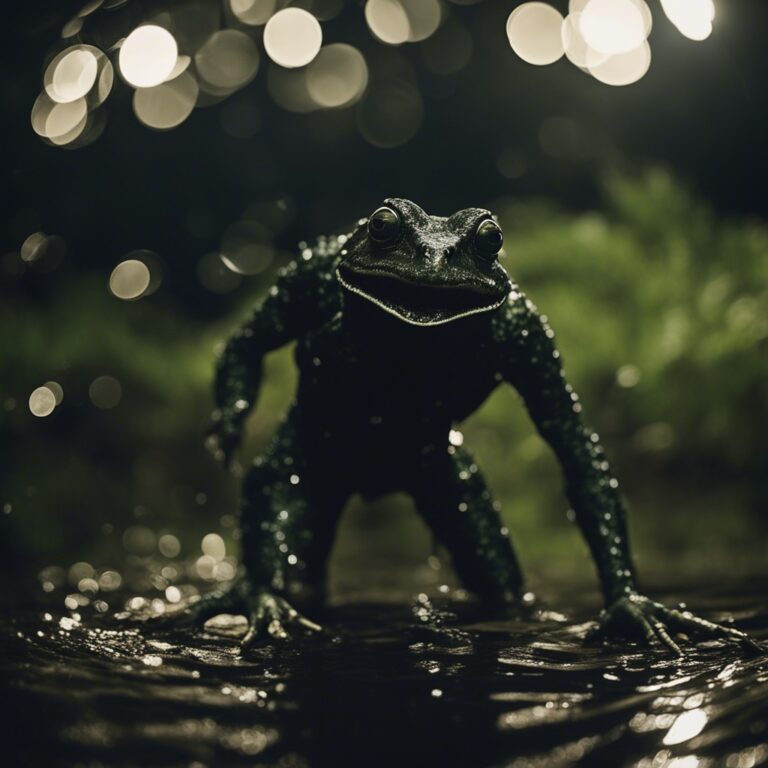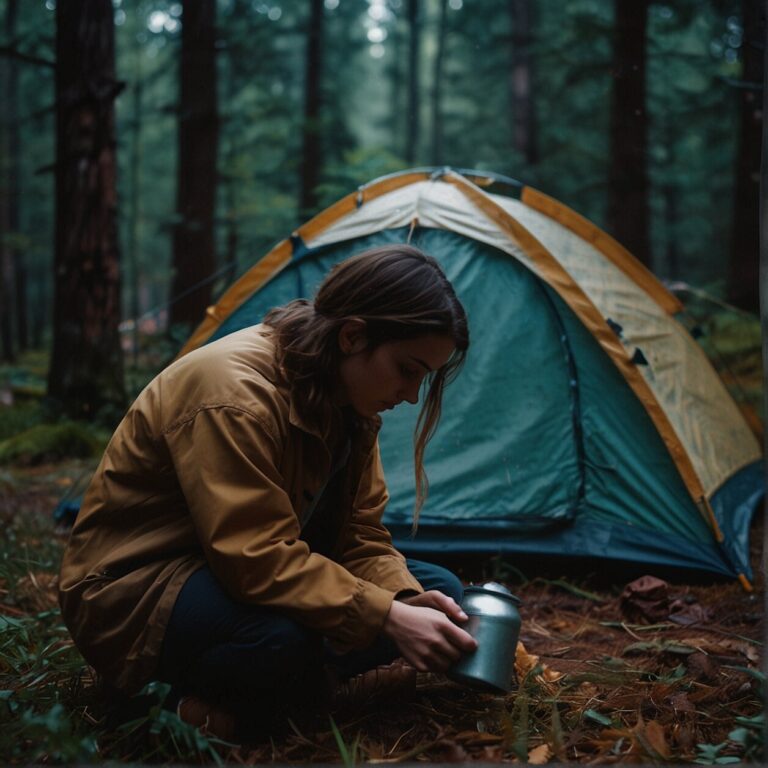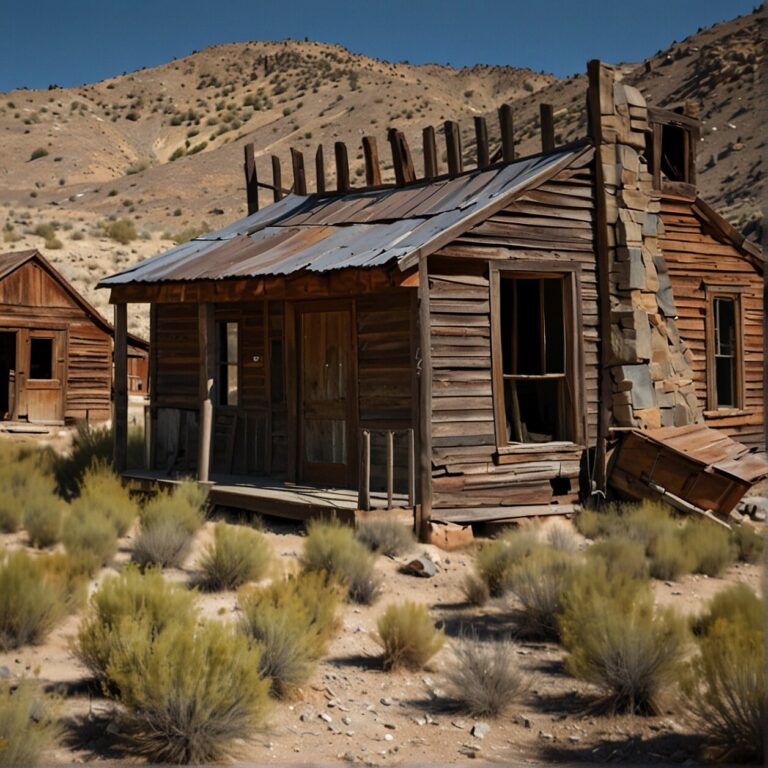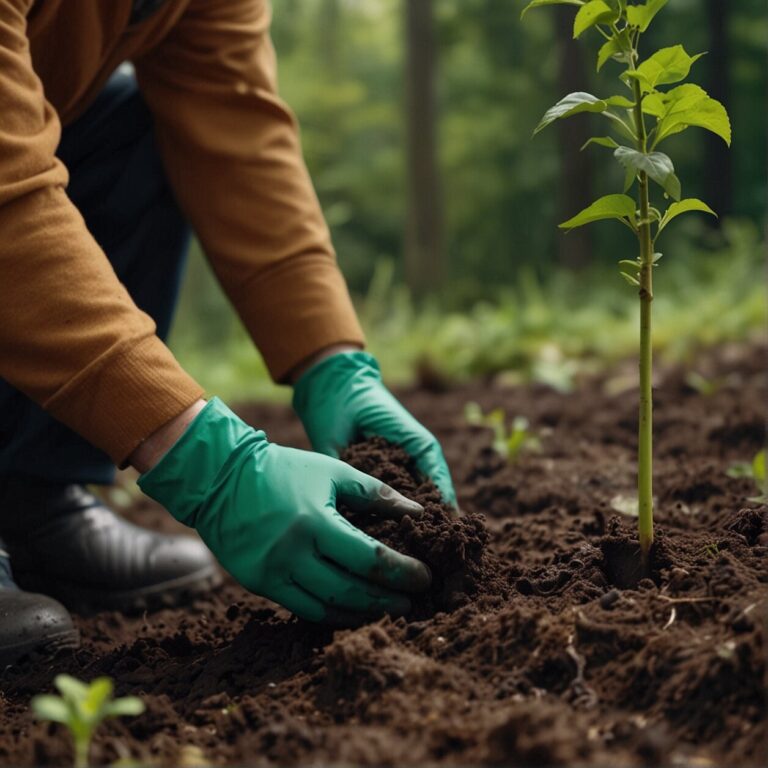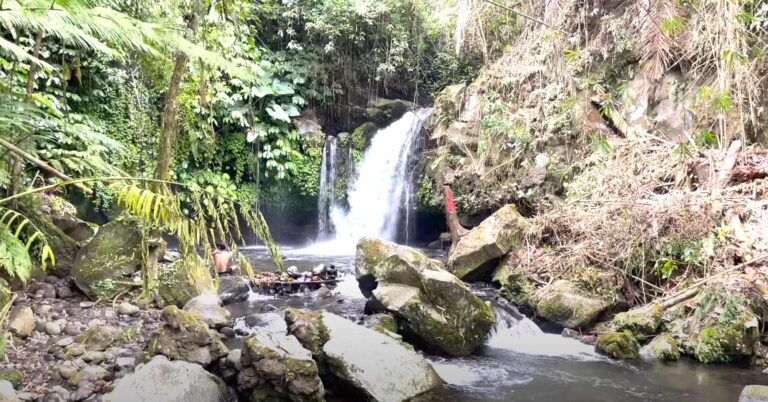Kiteboarding in Hawaii’s Hidden Spots
Imagine skimming smoothly over crystal-clear Hawaiian waters, propelled by the force of the wind, with nothing but sky above and sea beneath. This is the free-spirited adrenaline rush that is kiteboarding, a sport of thrilling speed, incredible stunts, and breathtaking surroundings. Yet there’s more to it than just waving goodbye to the shoreline and embarking on an airborne adventure. Kiteboarding, too, has its off-the-beaten-path destinations, hidden gems in Hawaii that offer fantastic conditions and scenery that you wouldn’t want to miss.
“Few experiences can compare to the thrill of mastering the wind and the waves, especially in a paradise like Hawaii. And when you discover lesser-known kiteboarding spots, it’s like having your own piece of heaven.”
So, why not join us on a journey exploring these under-the-radar kiteboarding locations in Hawaii? The warm Pacific currents are calling, the tropical breezes are ready to lift you, and the island’s spirit of Aloha is waiting to welcome you.
Unmasking Hawaii’s Hidden Kiteboarding Gems
If we’re talking about kiteboarding in Hawaii, it’s impossible to not mention some of the lesser-known but stunning spots the islands offer. Let’s uncover these secret kiteboarding paradises one by one.
Paia Bay, tucked away on Maui’s North Shore, is a kiteboarding treasure. Not as crowded as other spots, it promises a thrilling ride coupled with breathtaking views of the lush Hawaii landscape. You will find seasoned kiteboarders here bounding effortlessly over waves, their colorful kites dotting the blue canvas of the sky.
Moving forward, Upcountry is another jewel waiting for exploration. This spot is located in the Paniolo town of Makawao. Surrounded by rolling green hills and the aromatic scent of the surrounding Eucalyptus forest, it offers a serene environment to hit the winds and surf the waves.
Lastly, don’t overlook Keahi a Kahoe on the Windward Coast of Oahu. This hidden gem is a quiet oasis with shallow warm waters, gentle breezes, and a backdrop of the grand Ko’olau range. This spot is perfect for beginners working on their kite control skills or experienced kiteboarders looking for a peaceful retreat.
Each secret spot unveils unique challenges and textures of Hawaii’s diverse landscapes, making them a must-visit for any passionate kiteboarder. Remember, these spots may lack the popularity of usual kiteboarding beaches, but they overflow with the promise of unforgettable rides under the Hawaiian sun.
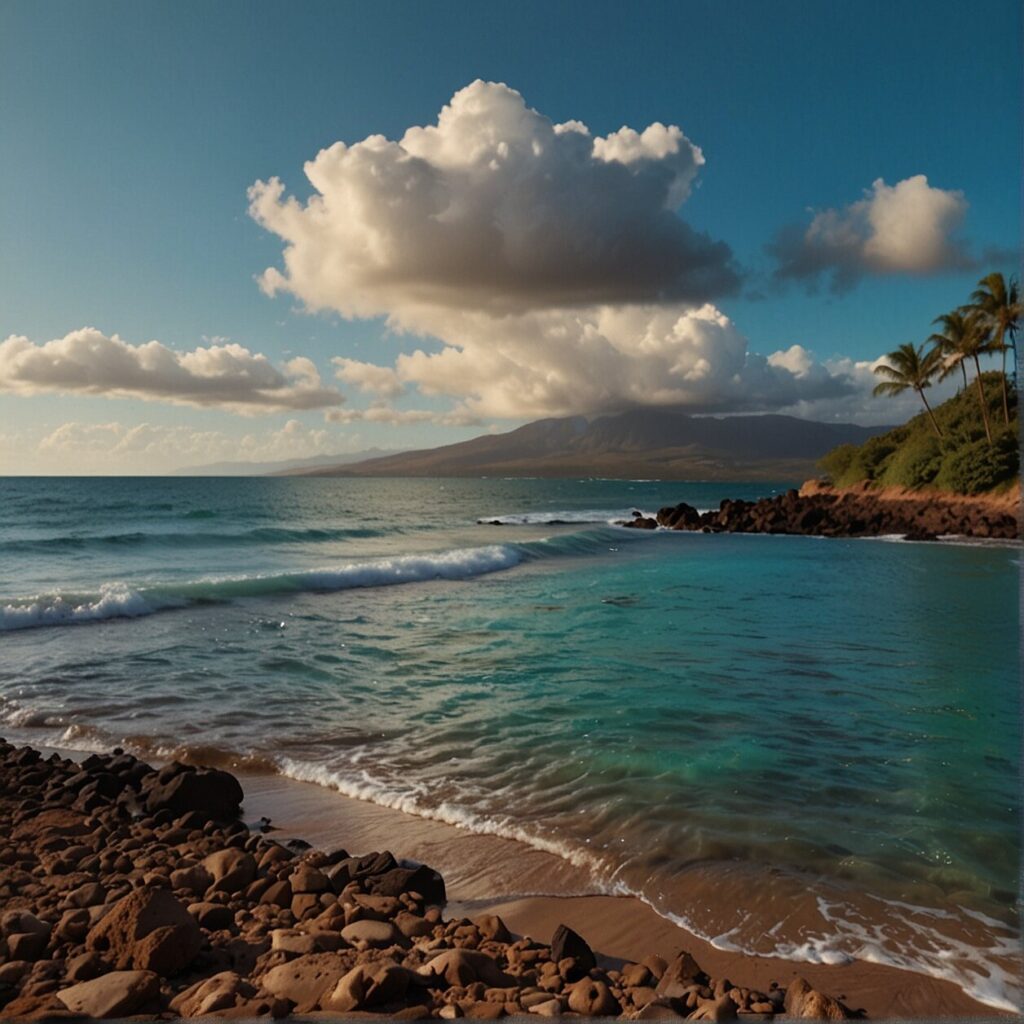
Uncharted Waters: Discover Kiteboarding in Hawaii’s Secluded Spots
We know you love kiteboarding as much as we do, and you’re always on the hunt for that next thrilling spot to tame those winds. As you’re reading this, it’s fair to assume you’re considering Hawaii, and we applaud your excellent taste. Let’s dive into the marvelous, lesser-known kiteboarding spots that this tropical paradise has to offer.
Unblemished by excessive crowds is the refreshing Kahului Harbor on Maui’s north shore. Though its waves may be less consistent, it’s a blissful haven for those yearning for an intimate bonding experience with the elements. Eluding much of the hustle and bustle commonly found at popular kiteboarding locations, here, the focus will be solely on you, your kite, and the rhythm of the winds.
Over on the Big Island, you have Anaehoomalu Bay. Nestled away on the west side, it is characterized by steady trade winds and warm waters that are not just inviting, but also perfect for honing your kiteboarding skills. It’s sights—an exotic blend of swaying palms and crystal-clear waters—are, in a word, breathtaking.
Last but certainly not least, let us whet your adventurous appetite with Kalaeloa Beach Park on Oahu. This secluded gem offers calm, flat waters and consistent winds, making it the ideal location for kiteboarders seeking to elevate their skills or enjoy a leisurely session.
Each of these spots might require a tad bit more dedication to reach, but rest assured, the experience and the sceneries that await are completely worth it. After all, isn’t the quest for the extraordinary part of what drew you to kiteboarding in the first place?
Remember, while these are secluded spots, it doesn’t mean they’re void of locals. Always respect the community and the place itself. Playing by the rules ensures that these spots remain open and inviting for years to come. Happy kiteboarding!
Riding the Hawaiian Breeze: Top Kiteboarding Locations
As you charter a course for your next big adventure in the Hawaiian Islands, allow us to spotlight a few lesser-known yet exceptional kiteboarding locations that ought to be on your travel itinerary.
Kihei, Maui: Often overlooked in favor of its popular neighboring spot, Kanaha, Kihei is a real treasure waiting to be discovered. Boasting warm turquoise waters and steady side shore winds, this area is a kiteboarding paradise. Note that Kihei has somewhat shallow water while the sea bottom is sandy, making it ideal for beginners but equally satisfying for experienced riders.
Kahului, Maui: Known for its spot ‘Kite Beach,’ Kahului assures robust wind conditions, and its large beach area gives you the prime launching and landing opportunities. The wind here predominantly comes from the eastern direction, providing a great cross-sideshore breeze, loved by freestyle riders.
Anini Beach, Kauai: This quiet and majestic beachfront is a kiteboarding utopia. Anini’s protective reef breaks big swells, providing calm waters for an elevated kiteboarding experience. The barrier reef stretches nearly two miles making kiteboarding safe and enjoyable.
Kailua Beach, Oahu: Kailua Beach offers consistent and reliable winds varying from 15 – 25 knots. The turquoise blue water and white sandy bottom make it an alluring spot for kiteboarders. However, the beauty of this location often attracts other beachgoers, so be mindful while navigating.
Each of these hidden gems possesses a unique blend of wind, water, and sheer natural beauty, promising unforgettable kiteboarding experiences. Now, it’s time for you to harness the wind, embrace the Hawaiian sun, and ride these thrilling waves.
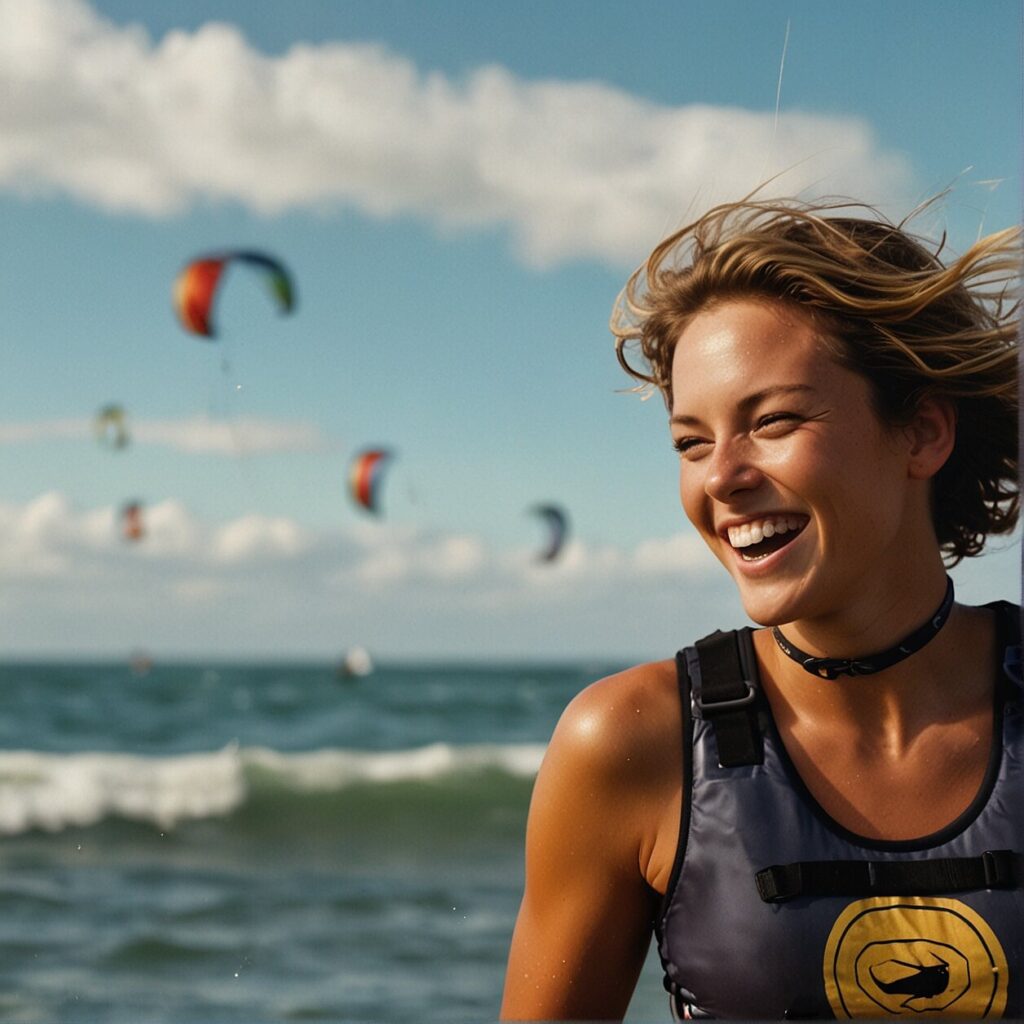
Safety First: Tips and Tricks for Kiteboarding in Hawaii
Picture this – the azure sky above, the warm Pacific water beneath, and you, riding the wind, your heart beating with excitement. But remember, it’s essential to take precautions. After all, safety is an integral part of the thrilling experience of kiteboarding in Hawaii.
Firstly, understand your limits and know when to take a break. Kiteboarding is physically demanding, so listening to your body can make a difference in avoiding injuries. Also, never bypass the importance of warming up and cooling down before and after sessions. These exercises not only prepare your body for action but also help alleviate post-ride stiffness.
Secondly, ensure your equipment is in top-notch condition before hitting the water. Kiteboarding gear can deteriorate over time and become a potential safety hazard. Regular checks for wear and tear, like checking the kites’ fabric and lines and the board’s bindings, are crucial steps for a safe kiteboarding experience.
Thirdly, always practice with a buddy or within sight of a lifeguard station. Even experienced riders can encounter tricky situations. Having someone nearby drastically increases the chance of prompt assistance in case of emergency.
Lastly, stay vigilant about weather conditions while kiteboarding on Hawaiian waters. Quick shifts in weather can turn an enjoyable session into a hazardous one. Check forecasts before sessions, keep a close eye on changing wind directions and incoming storm fronts, and always follow local weather rules and restrictions.
Embrace the mesmerizing beauty of kiteboarding in Hawaii but remember to balance the thrill with safety-first tactics. After all, the magic lies in enjoying the ride while ensuring you live to ride another day.
Kiteboarding Gear Essentials: What to Pack for a Hawaiian Adventure
To embark on an exhilarating kiteboarding adventure in Hawaii, ensuring you’re well-equipped with appropriate gear is critical. A fundamental list of essentials includes a kite, board, harness, and a safety leash. However, the Hawaiian climate and its unique kiteboarding locations demand considering additional items for your trip. So, let’s delve deeper into some other important elements you shouldn’t neglect.
Kite: Choose your kite based on the wind conditions you anticipate. A 7-9 sqm kite is suitable for strong winds (20+ knots), while 12-14 sqm kites work best in moderate winds (12-20 knots). Make sure to bring more than one kite size to adapt to fluctuating wind conditions.
Board: A twin tip board is versatile for varying water conditions, and they’re an excellent choice for beginners. However, a directional surfboard is ideal for experienced riders looking to enjoy Hawaii’s famous waves.
Harness and Safety Leash: These are non-negotiable as they’re crucial for your safety. Opt for a comfortable, well-fitted harness and a dependable safety leash that can withstand Hawaii’s powerful wind and waves.
Wetsuit: Hawaii’s waters can be warm, but a wetsuit can be handy when the breeze picks up and the temperatures drop a bit. A thinner, flexible suit will offer the comfort and mobility necessary for kiteboarding.
Sun Protection: You’re going to be spending hours under the Hawaiian sun, so protection is key. Ensure you have a high-SPF, water-resistant sunblock, UV-protective sunglasses, and a sports hat. With these, you can kiteboard to your heart’s content without the fear of damaging sunburn.
Remember, the comfort, quality, and suitability of your gear can significantly affect your kiteboarding experience. So, take your time to research, pack smart, and get ready for an unforgettable Hawaiian kiteboarding adventure!
FAQ’S
As we dive into the captivating world of Hawaii’s kiteboarding, it’s natural to have a few questions spring up. Whether you’re a pro or a newbie setting foot on the thrilling journey, we’ve compiled a series of FAQ’s to quench your curiosity and provide essential insights. Let’s explore some commonly asked questions and clear any uncertainties about this adventurous sport in Hawaii.
How do I prepare for a kiteboarding trip in Hawaii?
Planning a kiteboarding trip to Hawaii? Splendid! Let’s walk you through the steps to make your adventure one for the books. Face this thrilling escapade with confidence by following these comprehensive preparatory steps.
Start by getting yourself physically fit for this adventurous sport. Kiteboarding is engaging and demands endurance, agility, and strength. Therefore, incorporate regular workout routines into your schedule focusing on cardio fitness and muscle strengthening, especially around your core and upper body. You might consider complementing this with Yoga or Pilates, both excellent for improving flexibility and balance.
Next, research the spots you aim to visit extensively. Familiarize yourself with the local weather conditions, sea currents and wave patters, tides, and wind forecasts. It’s also wise to understand the rules and regulations of each kiteboarding spot, as they can vary. Talk to locals or connect with other kiteboarders online for insights and tips.
Don’t forget to ensure your kiteboarding gear is up-to-date and in good condition. Your kit should ideally include a Kite (specific to your body weight and expected wind strength), Board, Harness, Life Vest, Helmet, and Wetsuit for some spots. Consider using professional kiteboarding services in Hawaii which often provide gear rentals, saving you the trouble of carrying it all the way.
Lastly, travel insurance is crucial. Make sure you choose a plan that covers you during your kiteboarding adventure in Hawaii. Adventure sports can carry risks and it’s essential to make sure you’re covered in case of any accidents or injuries.
With these steps, you’re set for an exhilarating kiteboarding experience in Hawaii. Get ready to feel the thrill while riding the waves and enjoying the scenic beauty of this paradise on earth. Happy kiteboarding!
What kind of weather conditions are ideal for kiteboarding?
Perfect kiteboarding conditions are a fusion of several elements, with wind and water playing the biggest roles. Let’s delve a bit deeper into what makes a kiteboarding day great.
The first consideration is wind strength. Ideally, you’ll want steady winds between 12 to 25 knots. Under 12 knots could be frustrating, as keeping the kite in the air can become tricky. On the flip side, winds stronger than 25 knots might prove too challenging, especially for novice riders.
Next, let’s talk about wind direction. A side-onshore or side-shore wind is best as it allows easy launching and landing of the kite. This type of wind is also safer as it pushes you sideways to the shore rather than directly offshore or onshore.
As far as the water conditions are concerned, flat water or small waves are perfect, especially for beginners. Small to medium-sized waves can add a fun challenge for intermediate to advanced riders looking to try tricks or loftier jumps.
Weather-wise, Hawaii’s tropical climate combined with the reliable trade winds make it a kiteboarding paradise. Yet, bear in mind that each Hawaiian island and each kiteboarding spot has its own specific set of conditions. So, always ensure to check local weather reports and consult experienced locals before you hit the water.
By understanding these optimal conditions, you’ll be well poised to have an unforgettable kiteboarding experience in Hawaii’s spectacular waters. After all, part of the thrill of kiteboarding lies in tapping into nature’s powerful forces, right?
How to prepare for a kiteboarding trip to Hawaii?
Let’s dive right into the exciting stuff! Kiteboarding in Hawaii is a unique experience, requiring a special set of preparations. Understanding the sport’s peculiarities in Hawaii will ensure your trip goes smoothly and safely.
First things first, it’s essential to keep an eye on the weather. Hawaii’s climate is tropical, with consistent wind conditions prime for kiteboarding. Monitor weather updates closely to choose the ideal window for your trip. Websites like Windfinder and local weather stations can be incredibly useful in this aspect. Remember, strong winds and clear skies are your best friends for kiteboarding.
Moving on to fitness. Kiteboarding is a physically demanding sport that requires good core strength and cardiovascular health. Participate in a fitness routine involving strength training, endurance-building exercises, swimming, and flexibility training for at least a few months before your trip. Know your limits and proceed gently – overexertion can lead to injuries.
Equally crucial is getting the right gear. While you can rent equipment in Hawaii, it’s often more comfortable to use gear you’re familiar with. Ensure you bring your kite, harness, board, wetsuit, and safety equipment such as your helmet and impact vest. You might also want to pack spare parts, a repair kit, and a pump. Double-check the condition of your equipment before packing to prevent unpleasant surprises on the beach.
Finally, learn about the local kiteboarding rules and regulations. Each beach has its own set of rules you must follow. Some areas may also require kiteboarding insurance. Before you set foot on your chosen kiteboarding spot, familiarize yourself with the specific rules of the area.
All these preparations ensure a successful and enjoyable kiteboarding adventure in Hawaii, allowing you to ride the waves with confidence and peace of mind!
How to choose the right kiteboarding spot in Hawaii?
While there isn’t a one-size-fits-all answer to this, a few factors can help guide you in choosing the ideal kiteboarding spot in Hawaii. It’s all about pairing your skill level with the unique characteristics of each location.
What are the safety measures to take while kiteboarding in Hawaii?
Ensuring your safety while kiteboarding in Hawaii, or any location for that matter, is paramount. And the good news? Protecting yourself in this exhilarating sport comes down to three core aspects – preparation, equipment, and vigilance.
Nailing the Preparation
First things first, prepping for your Hawaiian kiteboarding adventure starts long before you hit the water. Never underestimate the power of a well-devised plan. From studying wind and weather patterns to understanding the local aquatic life and potential hazards, gaining knowledge will act as a solid safety net. Remember, Hawaii offers a lot more than just beautiful beaches and waves. Each kiteboarding spot has its unique set of challenges and conditions, so invest time to research your chosen location thoroughly.
Investing in the Right Equipment
Secondly, your kiteboarding gear plays a crucial role in ensuring your safety out there in the waters. A kite that’s too big for your size and skill can leave you vulnerable to sudden strong winds. Likewise, a worn-out harness or flawed buoyancy aid could potentially put you in a perilous situation. Remember to check and double-check your equipment for any signs of wear and tear or malfunction before heading out into the open sea.
Practice Constant Vigilance
Finally, always be aware of your surroundings when kiteboarding. Keep an eye on weather changes – see a storm brewing on the horizon? Time to get back to shore. Spot large marine life nearby? Stay clear and stay safe. Additionally, always maintain a safe distance from other beach-goers and surfers. Kite lines can be incredibly sharp and dangerous if they come into contact with unsuspecting individuals.
Following these safety measures will not only ensure you have a fantastic kiteboarding experience in Hawaii but also a safe one!



